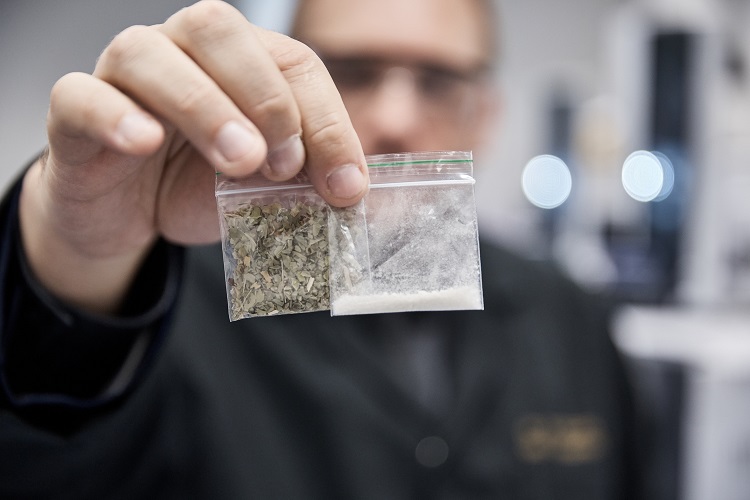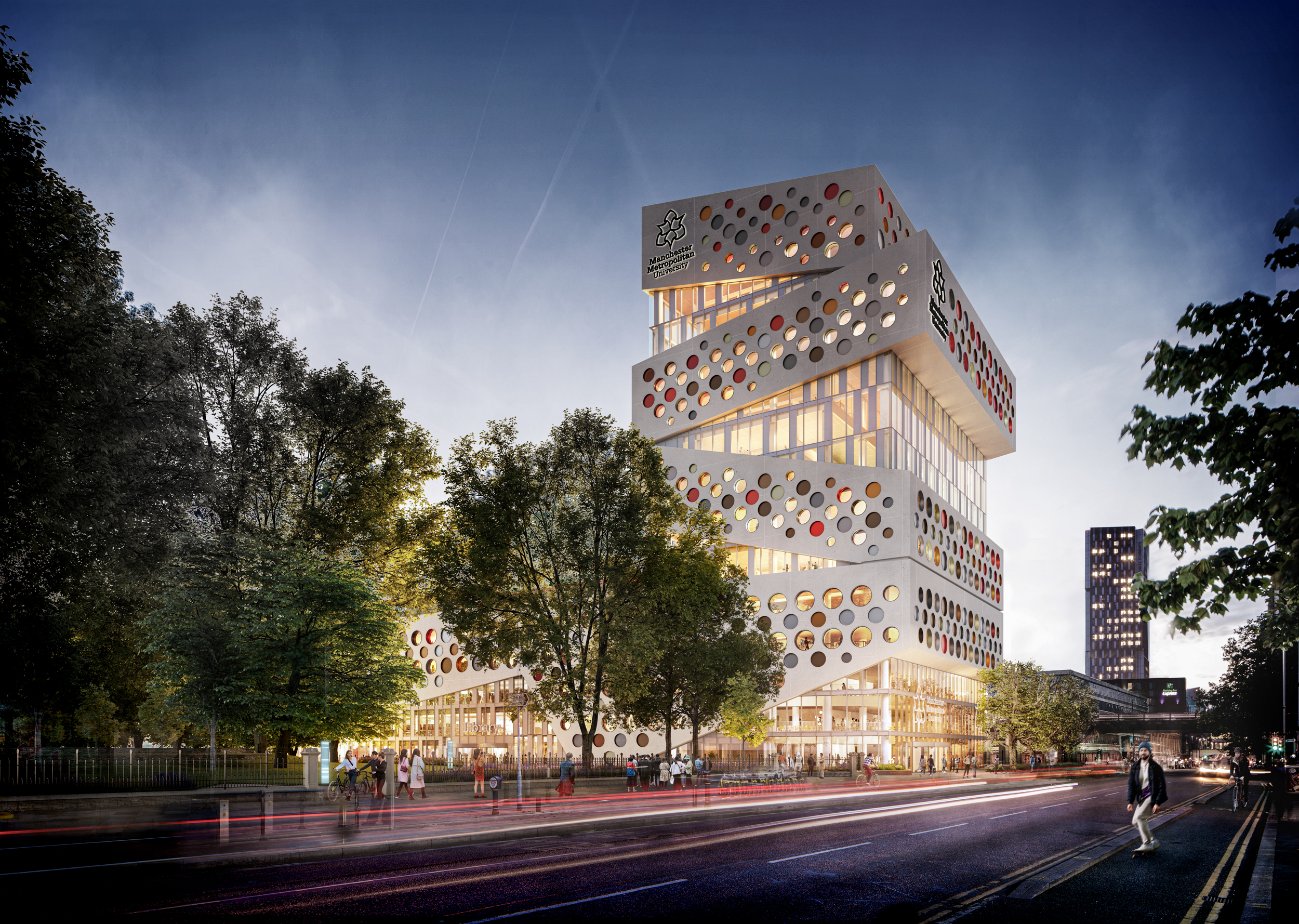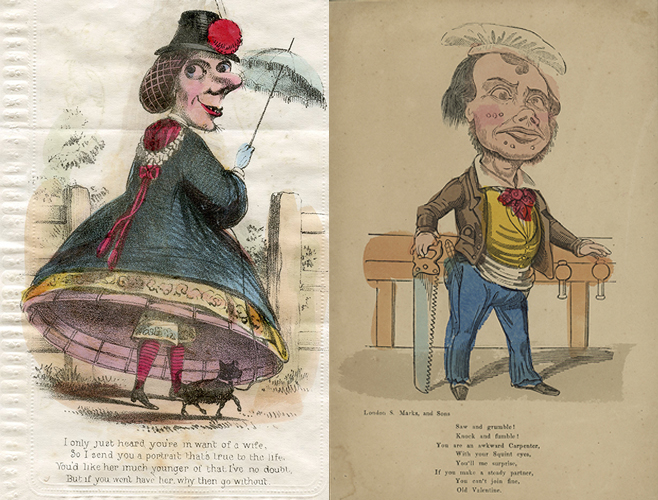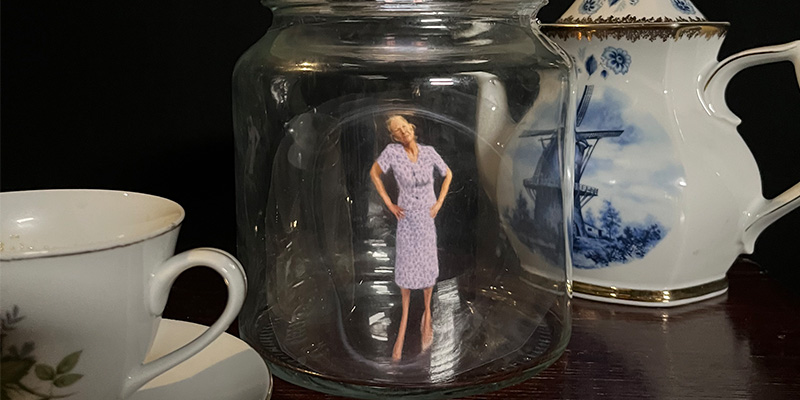News | Tuesday, 27th February 2018
Dramatic shift in drug use trends caused by growth of formerly legal highs
Treatment services must adapt to changes in users who inject substances

Drug support services need to adapt to the new substance use landscape as homeless users shun injecting drugs for smoking ‘Spice’, while those who engage in ‘chemsex’ are now routinely injecting crystal meth and mephedrone, a new study shows.
The radical change has coincided with the growth of New Psychoactive Substances (NPS) and challenges the traditional distinction between recreational and problematic substance use.
A six-month study in Manchester involving drug users and frontline staff found that some homeless drug users have switched from alcohol dependency and injecting heroin and crack cocaine to smoking synthetic cannabinoids (commonly known as ‘Spice’).
Meanwhile, men who have sex with men (MSM) and engage in chemsex, who are commonly associated with the recreational use of drugs (such as ecstasy), have moved onto more problematic injecting or ‘slamming’ of crystal methamphetamine and mephedrone.
Range of services
The study involved interviews with 53 drug users and 31 staff from a range of organisations – including drug and alcohol treatment services, the police, homeless day centres and sexual health services.
Criminologists Dr Rob Ralphs and Dr Paul Gray from Manchester Metropolitan University, who carried out the research, say that treatment services need to respond to this significant shift, to ensure that appropriate provision is available to these two user groups.
Dr Rob Ralphs, Reader in Criminology at Manchester Metropolitan University, said: “Despite complex and often interrelated needs, it was apparent that users of Spice and chemsex substances had a lack of knowledge of existing service provision and, perhaps most concerning, out-dated views and perceptions of who treatment services are targeted at and what services could offer.”
For instance, many Spice users viewed treatment services as a place for heroin and crack users to obtain clean needles, while MSM involved in chemsex described the stigma of accessing services traditionally associated with heroin users.
'Outdated views'
Dr Paul Gray, Senior Lecturer in Criminology at Manchester Metropolitan, said: “The stereotypical perceptions and out-dated views of users – namely, that drug services are solely places for injecting heroin and crack cocaine users – provides evidence of the need for services to better promote the range of interventions that they offer.”
The authors therefore recommend a threefold approach to improving engagement that focuses on improved integration of services, the need for clearer referral pathways, and treatment services to develop innovative engagement strategies.
The stereotypical perceptions and out-dated views of users...provides evidence of the need for services to better promote the range of interventions that they offer
Dr Ralphs said: “Drug users should be treated holistically, requiring substance use services to work more closely with mental health, sexual health, supported housing and homeless services. A lack of clear referral pathways through other agencies into drug treatment services must also be combated, while tackling the outdated perception among some professionals that treatment services are just for heroin and crack users”.
For Spice users, engagement strategies must include targeted street outreach to provide harm reduction advice, coupled with ‘inreach’, whereby service providers deliver pop-up services in homeless day centres and supported accommodation providers. For MSM involved in chemsex, psychosocial interventions need to be prioritised, alongside longer opening hours for services, pop-ups in key locations and outreach strategies targeting gay saunas, fetish clubs and online.




